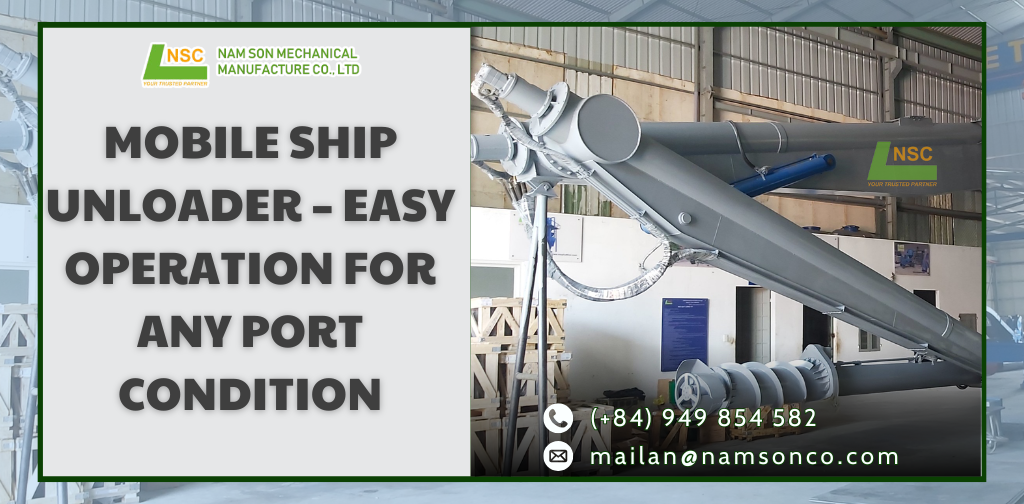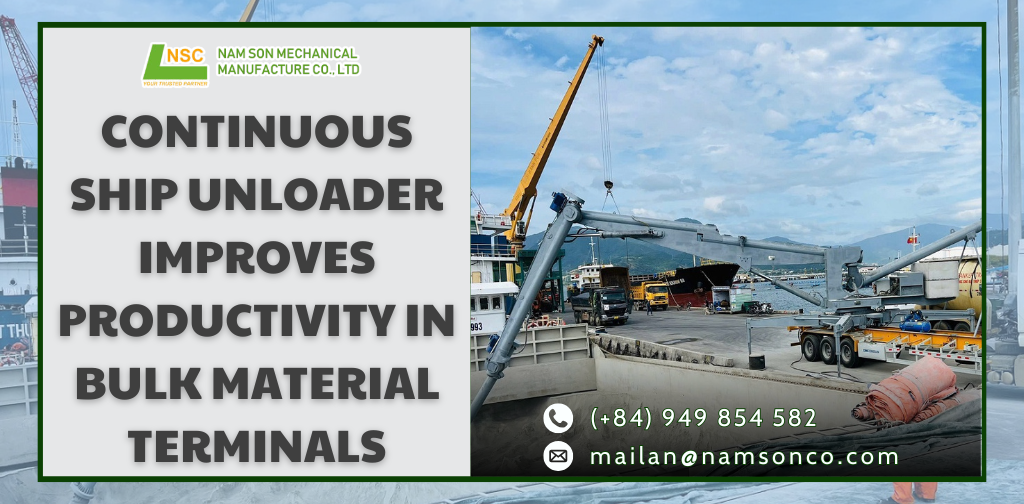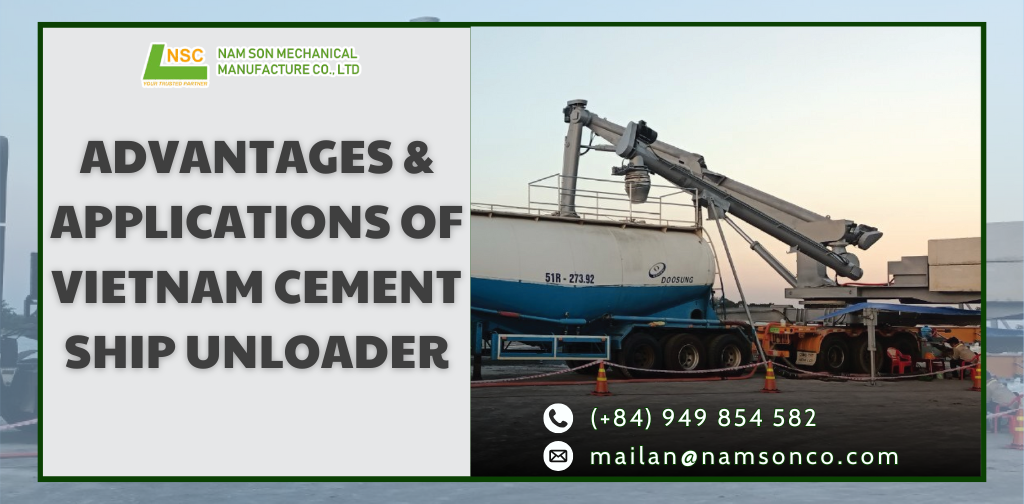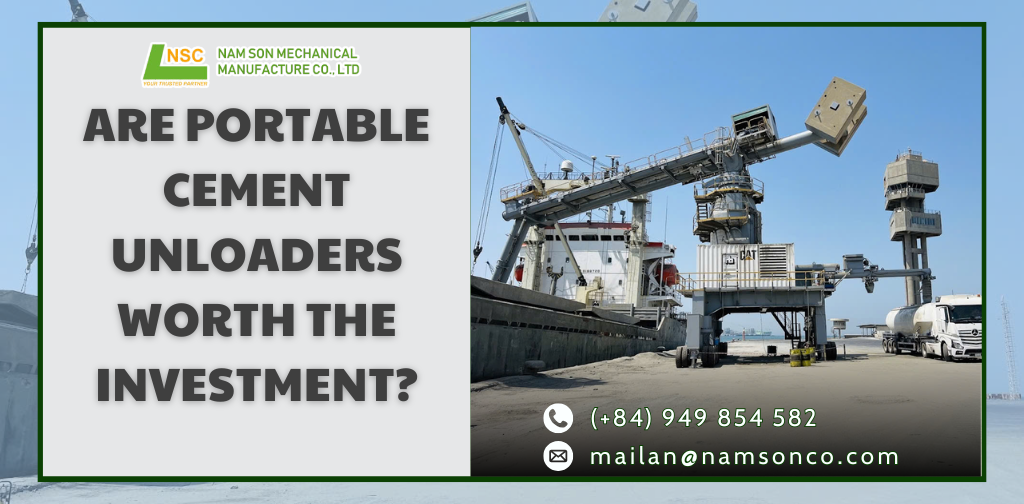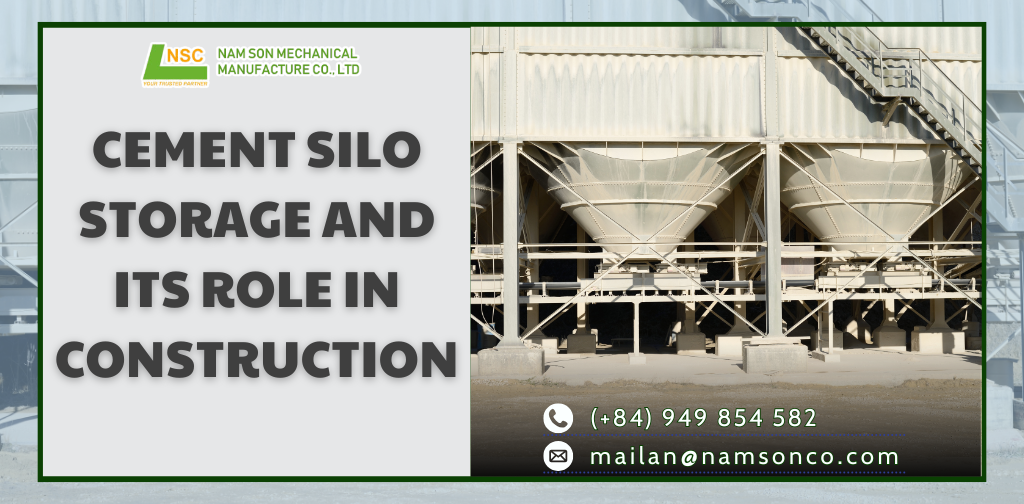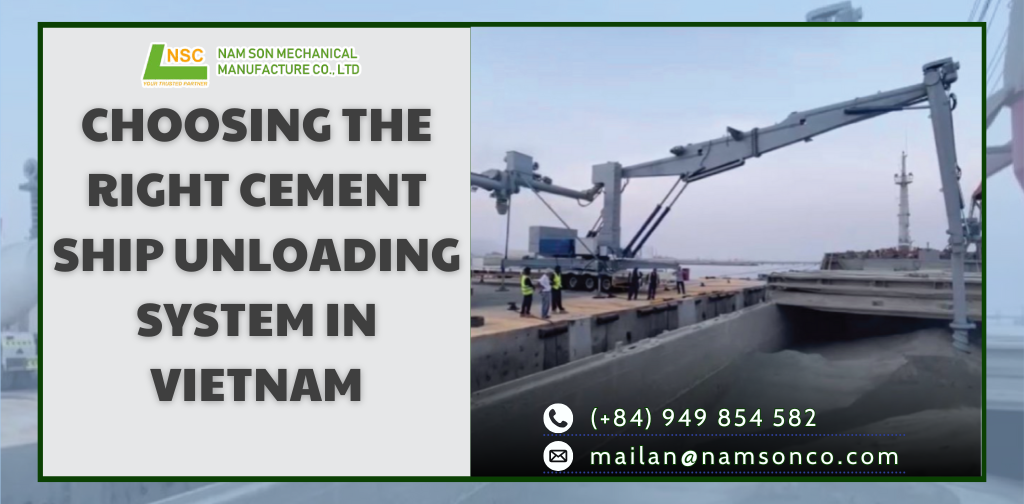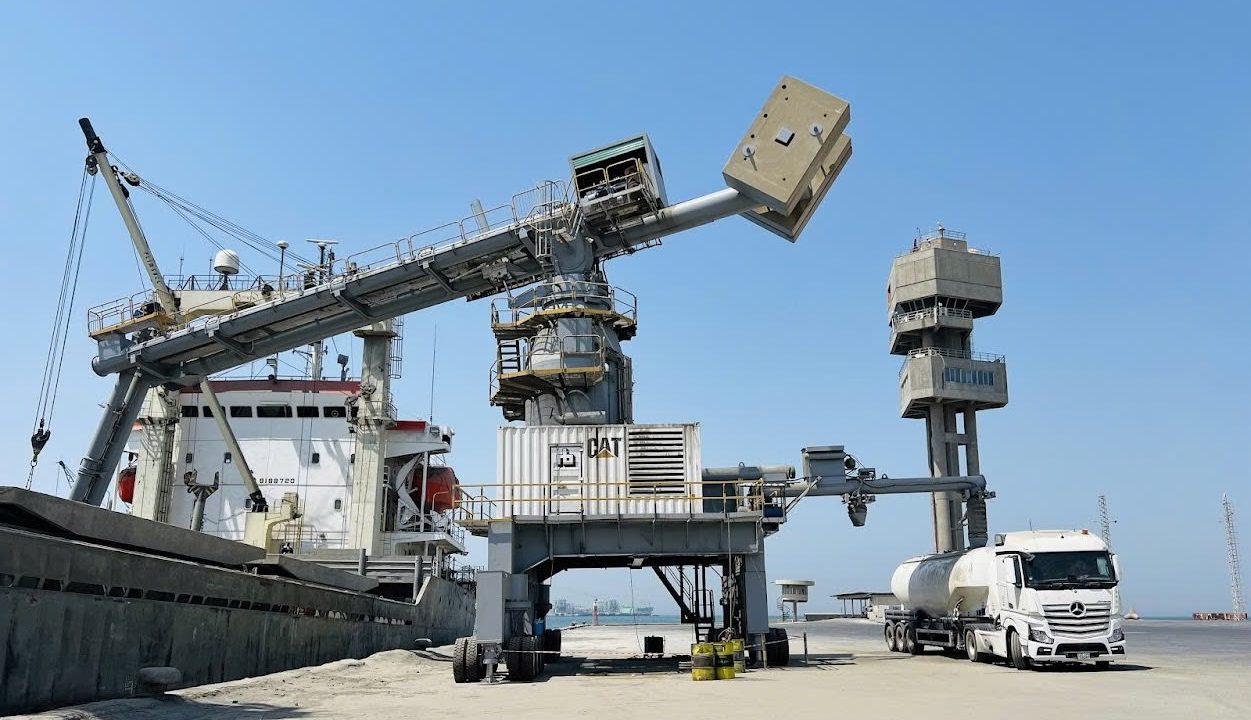Cement ship loading plays a pivotal role in large-scale marine cement logistics, yet it’s often underestimated. A single mistake, like equipment mismatch or poor dust control, can cause shipment delays, regulatory fines, and operational losses. This article highlights the most common cement ship loading pitfalls that professionals should never overlook. Whether you’re managing a bulk terminal or coordinating vessel logistics, understanding these critical missteps is key to improving efficiency, safety, and environmental compliance.
I. Introduction: Why cement ship loading requires strategic planning
Cement ship loading is a critical stage in the cement supply chain, especially for companies involved in international shipping or large-scale marine cement distribution. A well-executed loading operation ensures not only efficiency but also safety, compliance, and environmental sustainability.
However, many businesses underestimate the complexities of cement port operations, leading to costly mistakes, delays, and even equipment damage. This article highlights the most common pitfalls in cement ship loading and, more importantly, how to avoid them using modern cement shipping solutions and proper planning.
SEE MORE: A beginner’s guide to cement ship unloading systems
II. Common cement ship loading pitfalls you should never overlook
Cement ship loading pitfall #1: Inadequate loading equipment leads to bottlenecks
One of the most common issues in cement ship loading is the use of outdated or undersized equipment. Using a basic cement loading system not designed for large vessels can significantly slow down operations and increase material loss.
Modern cement ship loading machines, such as pneumatic cement loaders and automated cement loading systems, are engineered to handle high-volume transfers with precision. By upgrading to a suitable ship loader for cement, companies can achieve faster loading rates and reduce downtime.
Don’t overlook the importance of system compatibility when choosing:
- Cement loading conveyors
- Mobile ship loaders
- Telescopic loading spouts for flexible vessel types
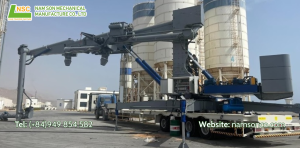
Cement ship loading pitfall #2: Poor dust management damages health and reputation
Cement is a fine, powdery material, and without a proper dust control system, it poses severe health and environmental hazards. Unfortunately, many operators still rely on open systems, ignoring modern dust-free cement loading technologies.
Not only does uncontrolled dust result in material loss, but it can also lead to fines for non-compliance with environmental regulations. To mitigate this, invest in an eco-friendly loading system that includes:
- Enclosed cement conveyors
- Dust filters and containment systems
- Cement port automation with environmental safeguards
Ensuring proper dust control demonstrates your commitment to both worker safety and sustainable operations.
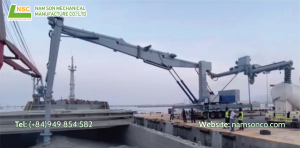
Cement ship loading pitfall #3: Equipment-vessel incompatibility causes delays
Another overlooked issue in cement ship loading is the failure to match equipment specifications with the type of vessel. Each cement carrier vessel, from self-discharging cement ships to cement transport barges, has different operational requirements.
When a cement loading arm or spout doesn’t align correctly with the ship’s hold, it can lead to spillage, delays, or mechanical strain. Consider these when planning your loading setup:
- Cement tanker ship dimensions and hold layout
- Bulk carrier for cement loading speed
- Cement barge loading flexibility with smaller ports
Using adaptable systems such as floating cement terminals or rotary valves for cement can resolve many of these compatibility issues.
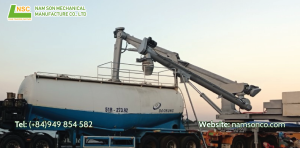
Cement ship loading pitfall #4: Inefficient silo-to-ship transfer reduces throughput
Your cement storage infrastructure plays a vital role in how efficiently the product is transferred to vessels. A poorly designed silo to ship transfer process often causes blockages, uneven flow, or spillage.
Efficient cement transfer systems involve well-integrated components such as:
- Air slide conveyors
- Screw conveyors for cement
- Loading hoppers with flow control valves
A conveyor-based loading system ensures that the material moves smoothly, reducing energy consumption and operator intervention. This streamlining is crucial in busy ports or when turnaround time is limited.
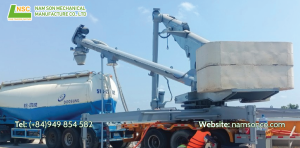
Cement ship loading pitfall #5: Lack of operational planning and safety protocols
Without clear operational guidelines, cement logistics terminal staff may face confusion, causing inefficiencies or even accidents during ship loading.
Key mistakes often include:
− No synchronization between the shore crew and the vessel crew
− Inadequate communication protocols
− Absence of safety checks for pressurized systems
Implementing a standardized operating procedure (SOP) can greatly reduce risks. Include:
∗ Defined bulk terminal cement process maps
∗ Real-time status updates from cement handling equipment
∗ Safety training and emergency procedures
These practices help maintain optimal loading performance while minimizing risk to personnel and infrastructure.
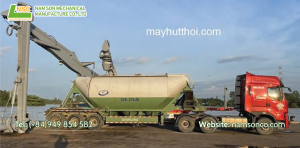
Cement ship loading pitfall #6: Underestimating loading time and cost impacts
When port operations are delayed, demurrage charges quickly accumulate. A slow or inefficient cement terminal loading process not only eats into profits but also disrupts the broader cement supply chain.
To avoid this pitfall, focus on:
+ Fast bulk loading cement systems that reduce vessel berth time
+ High-efficiency ship loaders with automated flow controls
+ Real-time monitoring of cement export process metrics
Speed is important, but not at the expense of precision. Balancing throughput with control ensures cost-effective operations over the long term.
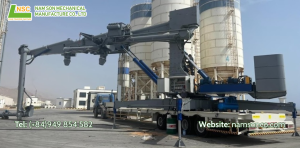
III. Conclusion: Avoid the costly pitfalls of cement ship loading
Cement ship loading is far more than a mechanical task; it’s a strategic operation that can define the success or failure of your export business. From equipment choices and environmental controls to vessel compatibility and staff training, every detail matters.
By addressing these common pitfalls and implementing optimized marine cement distribution systems, you can improve efficiency, reduce costs, and maintain regulatory compliance.
Don’t wait for an accident or fine to review your operations; take control of your cement handling equipment and systems today to stay competitive and safe in the global cement trade.
Need expert solutions for efficient cement ship loading?
Contact our team today to optimize your operations and avoid costly mistakes.
SEE MORE: Choosing the right cement ship unloading system in Vietnam
CONTACT US
- Website: namsonco.com | mayhuthoi.com
- Alibaba: dthson.trustpass.alibaba.com
- Zalo/Whatsapp: (+84) 949854582
- Email: mailan@namsonco.com | thanhson@namsonco.com



